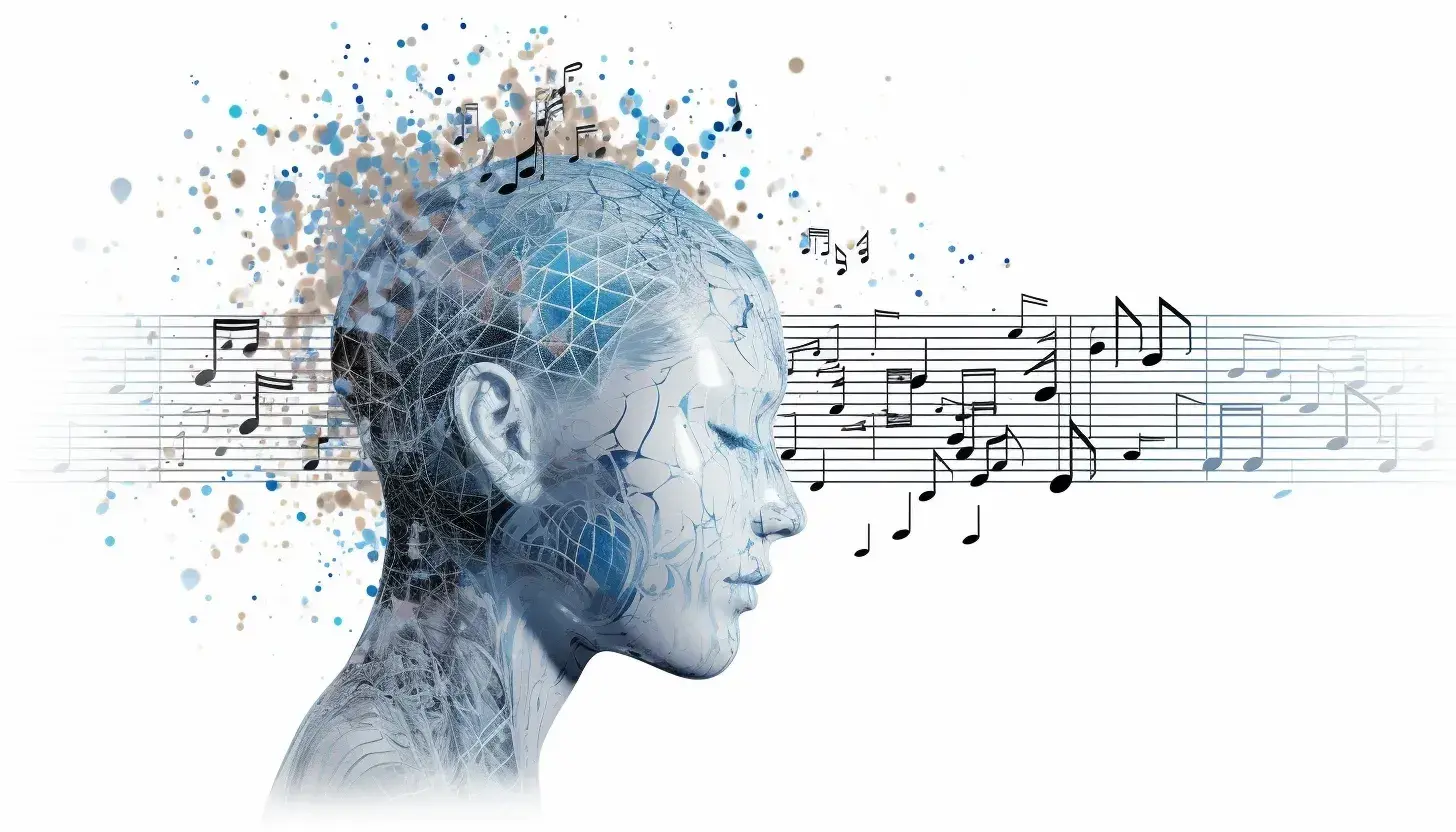Why it matters: A recent study at Claremont Graduate University has applied machine learning to neurophysiological data, identifying hit songs with an astonishing 97% accuracy.
Read more: ‘Neuroforecasting’: How science can predict the next hit song with 97% accuracy.
Read the Research article.
Discussion on Hacker News.



Abstract
So they use synthetic data to both train and test their model, this is because the original dataset contains only 24 songs.
So the 97.2% accuracy is reported on the synthetic data. On the original one, it is 95.8%. But the authors do acknowledge the limitations.